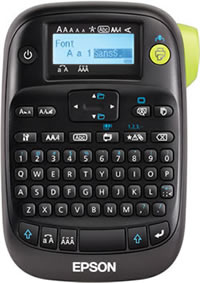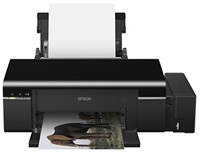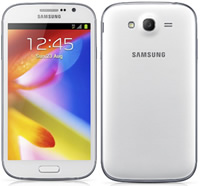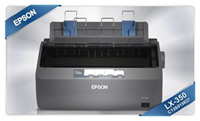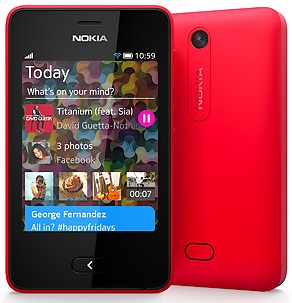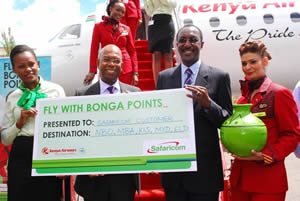Epson is relentlessly seeking to increase its presence in the East African region by recruiting more resellers to its product distribution network. In an effort that will bring its products and services closer to customers, the company is adding more resellers as well as investing more in marketing support – a concept that’s expected to enhance user experience and drive growth in strategic sectors such as e-banking, retail, education and the government sectors. The company’s regional sales manager Mukesh Bector said, Epson was committed to developing new business opportunities and growth through close working relationships with channel partners.
‘As a company, we’re keen to not only strengthen our product distribution network in the region but also offer superior after sales service to our customers’, he added. In view of the current market trends, Epson had identified business products as a potential segment for growth. Recruiting more resellers is just but a step to increase the company’s market share grip which’s expected to be complemented by developing ground breaking innovative products at affordable prices for all segments.
Epson is banking on its latest inkjet printers as a viable alternative to traditional laser printers to drive its sales this year. On the other hand, the company’s latest innovative label works printers now have an extended warranty from Epson – a customer buying the label works printers from now till March 2014 will be entitled to a three-year warranty. The label makers are designed to address both desktop and mobile labeling needs, the range includes LabelWokrks LW-300 printers which are suitable for office labeling while the LW-400 counterparts which are lighter with a backlit screen are designed for mobile labeling in several conditions. The LW-700 on the other hand is flexible and easy to use especially for busy environments outside or in the office. All models are compatible with a wide range of Epson label tapes and offer choices of different font types, character sizes as well as symbols, borders and styles. The LW-400 also provides barcode printing.

